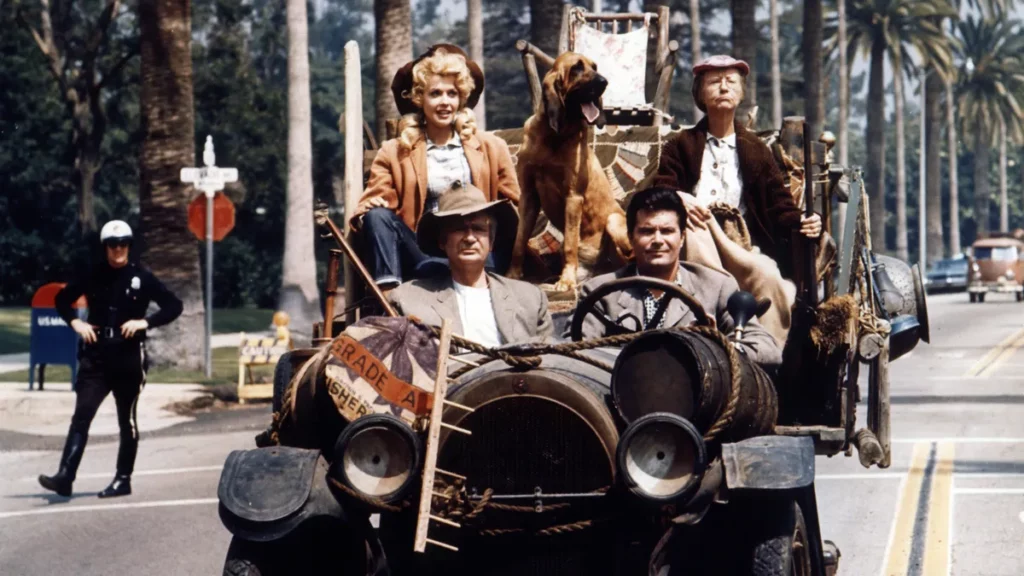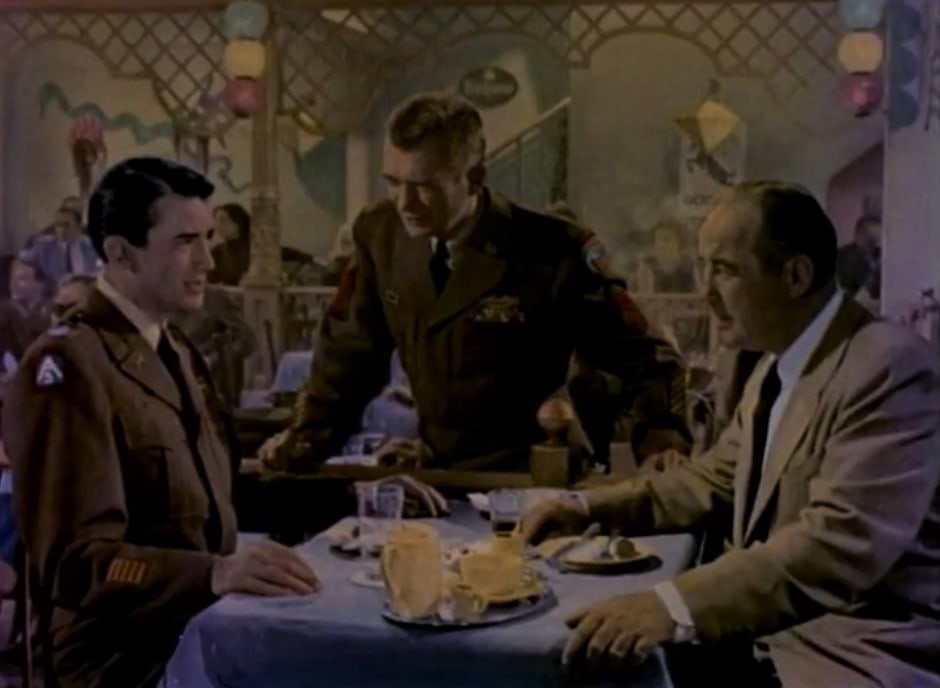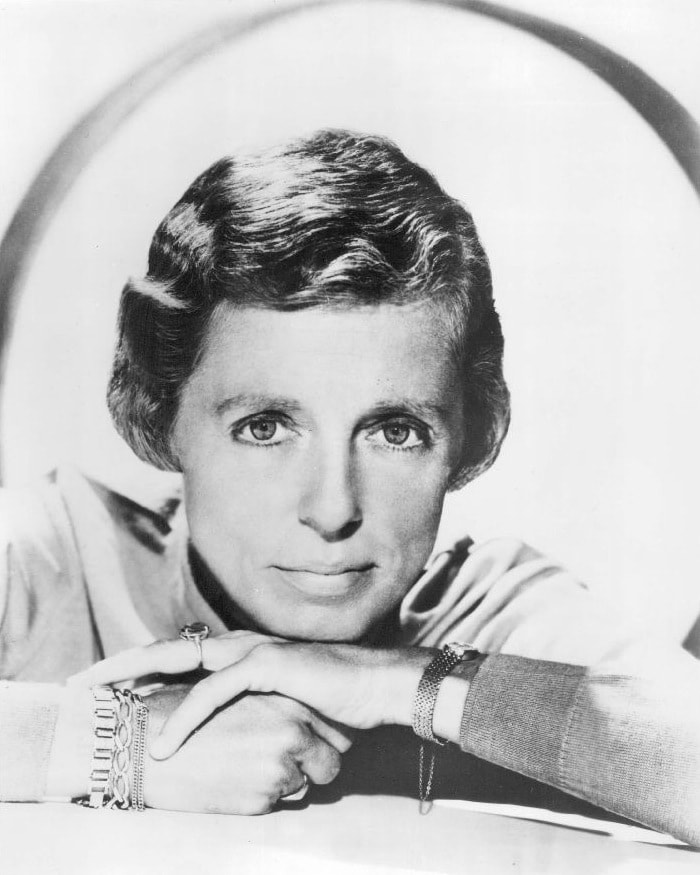
ADVERTISEMENT - CONTINUE READING BELOW
There were problems on the set of The Beverly Hillbillies
The Beverly Hillbillies was one of several programs of the 1960s based on rural themes. Eventually such programs came to include The Real McCoys, The Andy Griffith Show and its spinoff Gomer Pyle, USMC, Petticoat Junction, Green Acres, Lassie, and others. Nearly all of them featured at least one noted Hollywood star; Walter Brennan in the McCoys, Andy Griffith in his eponymous show, Bea Benaderet in Petticoat Junction. For The Beverly Hillbillies, the star was Buddy Ebsen, a long-time song and dance man going back to the days of vaudeville. He had worked with Audrey Hepburn (Breakfast at Tiffany’s), Maureen O’Hara (They Met in Argentina), and gained a measure of fame during the 1950s Davy Crockett craze after appearing as George Russell, sidekick to Fess Parker’s Crockett, in Disney films. As Jed Clampett, Ebsen was the star of the show featuring a family relocated from the Ozarks to Hollywood.

ADVERTISEMENT - CONTINUE READING BELOW

ADVERTISEMENT - CONTINUE READING BELOW
One of his costars, though in a relatively minor role, was Nancy Kulp, portraying Miss Jane Hathaway, a spinster secretary to the banker who controlled Jed’s millions, and one of the few sane characters in the series. Kulp also brought an impressive resume to the show, though she did not have the star power of Ebsen, who had been the original Tin Man in The Wizard of Oz before an allergic reaction to makeup hospitalized him and forced his withdrawal from the production. Despite both being seasoned professionals, they soon created a disruptive atmosphere on the set. Noticed by other members of the cast, who avoided their ever-increasing arguments, their disagreements led to a lifelong enmity, fueled by opposite political beliefs during the turbulent 1960s.

